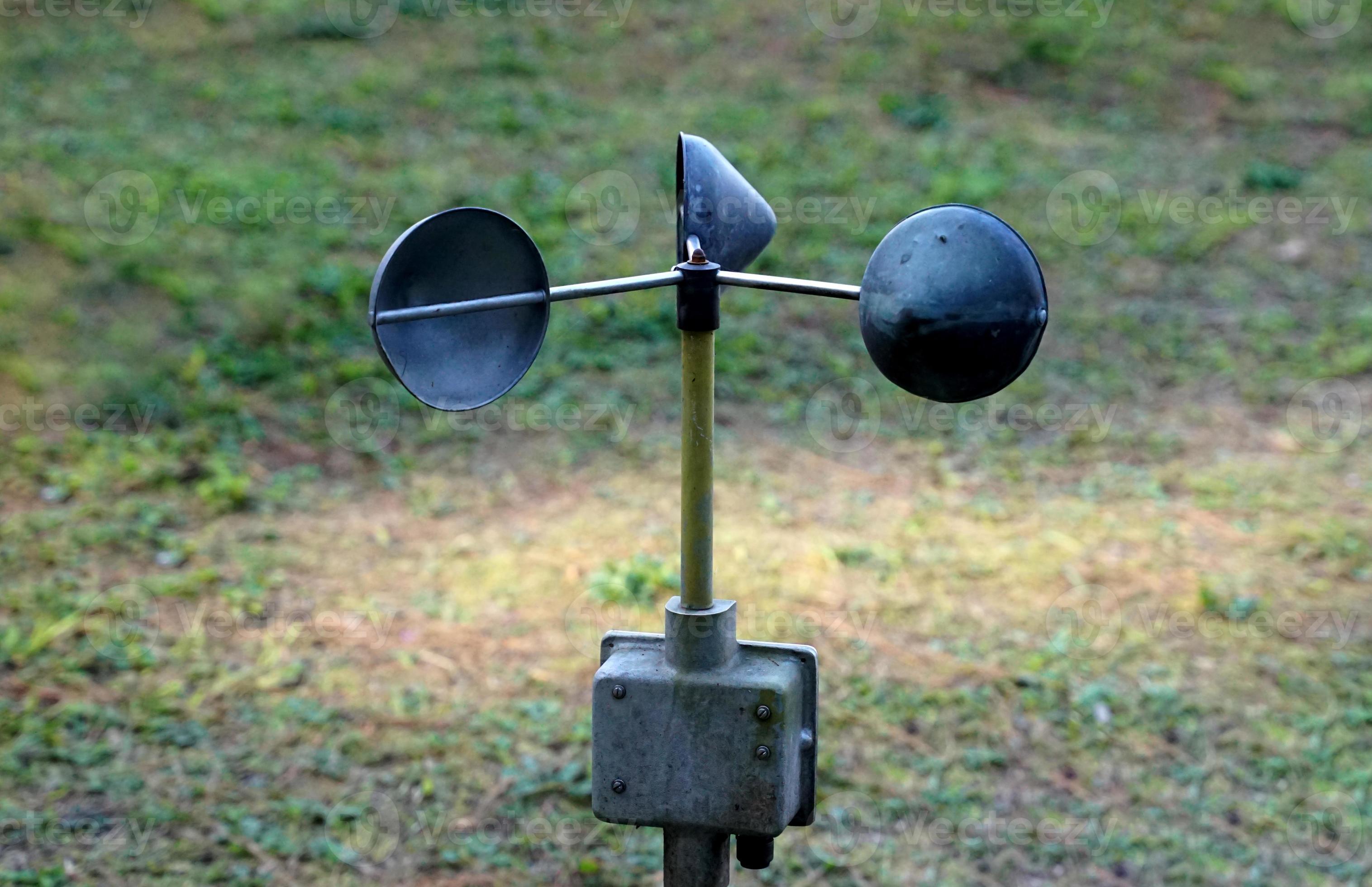Recognizing Various Sorts Of Anemometers for Numerous Applications
Recognizing Various Sorts Of Anemometers for Numerous Applications
Blog Article
All You Required to Understand About Anemometers: How They Function, Why They Matter, and Where to Utilize Them
Anemometers, however frequently neglected in the world of clinical instruments, play a critical function in numerous fields, supplying important understandings into wind rate and airflow patterns. As we dive right into the details of anemometer technology, we will reveal the internal functions of these devices, their importance, and the essential factors to consider when selecting the best anemometer for certain applications.

Anemometer Essentials
A crucial instrument utilized to determine wind speed and instructions, the anemometer plays a critical role in weather forecasting and various sectors. An anemometer typically consists of 3 or 4 mugs that rotate in the wind, a vane that directs into the wind, and sensors to track the turnings or activities.
There are different kinds of anemometers offered, consisting of mug anemometers, vane anemometers, hot-wire anemometers, and sonic anemometers, each with its one-of-a-kind features and applications. Mug anemometers are frequently used for standard wind rate dimensions, while vane anemometers are favored for directional dimensions.
Concepts of Anemometer Operation
Building on the fundamental understanding of anemometer essentials, the concepts of anemometer operation elucidate the technicians behind wind speed and direction dimensions. Mug anemometers, for instance, have three or even more cups that record the wind, triggering them to spin much faster as the wind rate increases. Hot-wire anemometers count on a warmed wire that cools down as wind passes over it, with the price of cooling down determining the wind speed.
Value of Anemometers
Anemometers play an essential function in gauging wind speed and instructions, offering necessary data for weather projecting, environment studies, environmental monitoring, and air travel procedures. Meteorologists depend on anemometers to collect exact wind data, helping them comprehend climate patterns, predict storms, and problem prompt warnings to the public. Wind farm operators utilize anemometers to assess wind problems and take full advantage of electrical energy manufacturing from wind generators.
Applications Throughout Various Industries
Applications of anemometers cover throughout diverse sectors, showcasing their adaptability and energy past weather forecasting. In the renewable energy field, anemometers play a crucial function in analyzing wind conditions for wind farm placements, making certain optimum power manufacturing. Industries like building and construction and mining use anemometers to keep track of wind speeds, essential for safety protocols, particularly when functioning at heights or in open-pit mines where solid winds can present risks. Anemometers are also important in the aviation sector, helping pilots in recognizing airspeed and wind instructions for safe liftoffs and touchdowns. The maritime field advantages from anemometers for ship navigation, aiding sailors prepare for weather condition adjustments and adjust routes as necessary. In agriculture, anemometers help farmers in managing plant splashing by offering real-time information on wind speed to prevent drift. Furthermore, anemometers discover applications in heating and cooling systems to optimize airflow and enhance power effectiveness in buildings. The varied use instances of anemometers highlight try this their significance across various markets, highlighting their indispensable function in enhancing operational safety and efficiency (anemometer).

Selecting the Right Anemometer for Your Demands
For general functions, a cup anemometer is ideal for measuring wind rate, while a vane anemometer offers wind instructions data. Hot-wire anemometers are excellent for low airspeed dimensions, and ultrasonic anemometers offer high accuracy and longevity.

Final Thought
In verdict, anemometers play a vital duty in determining wind speed and instructions throughout various industries. It is crucial to consider the value of anemometers in order to make informed decisions when choosing the most ideal device for gauging wind conditions.
There are different types of anemometers readily available, including mug anemometers, vane anemometers, hot-wire anemometers, and sonic anemometers, each with its special functions and applications. Cup anemometers are typically used for standard wind speed dimensions, while vane anemometers are favored for directional dimensions. Hot-wire anemometers are appropriate for reduced airspeeds, and sonic anemometers are perfect for high-precision measurements in study Full Report and commercial setups.Building on the foundational understanding of anemometer fundamentals, the concepts of anemometer procedure clarify the mechanics behind wind speed and instructions dimensions. For basic purposes, a mug anemometer is suitable for measuring wind speed, while a vane here are the findings anemometer offers wind direction information.
Report this page